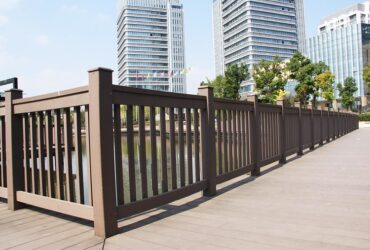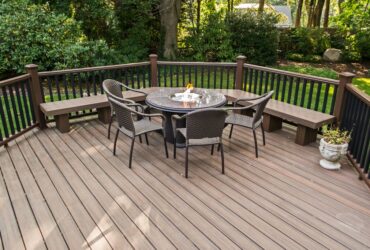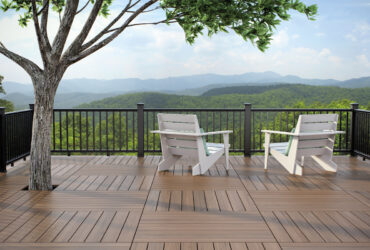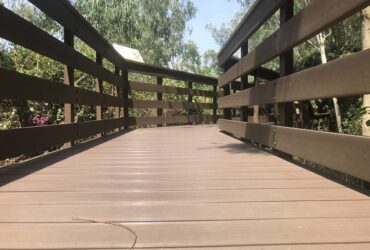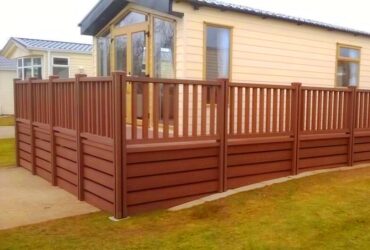Research Prospects on UV Aging Resistance of Wood-plastic Composite Materials
At present, in the research trend of UV aging research and development of wood-plastic composite materials, there are still the following problems that need to be solved.The aging mechanism and law of WPCS have not yet formed a unified theory. The photodegradation and aging of plant fibers such as wood and resin polymers in WPCS interact and interact with each other, which is relatively complex and is not a simple superposition of effects.At present, there are few studies on this aspect at home and abroad, so more in-depth exploration and research are needed.
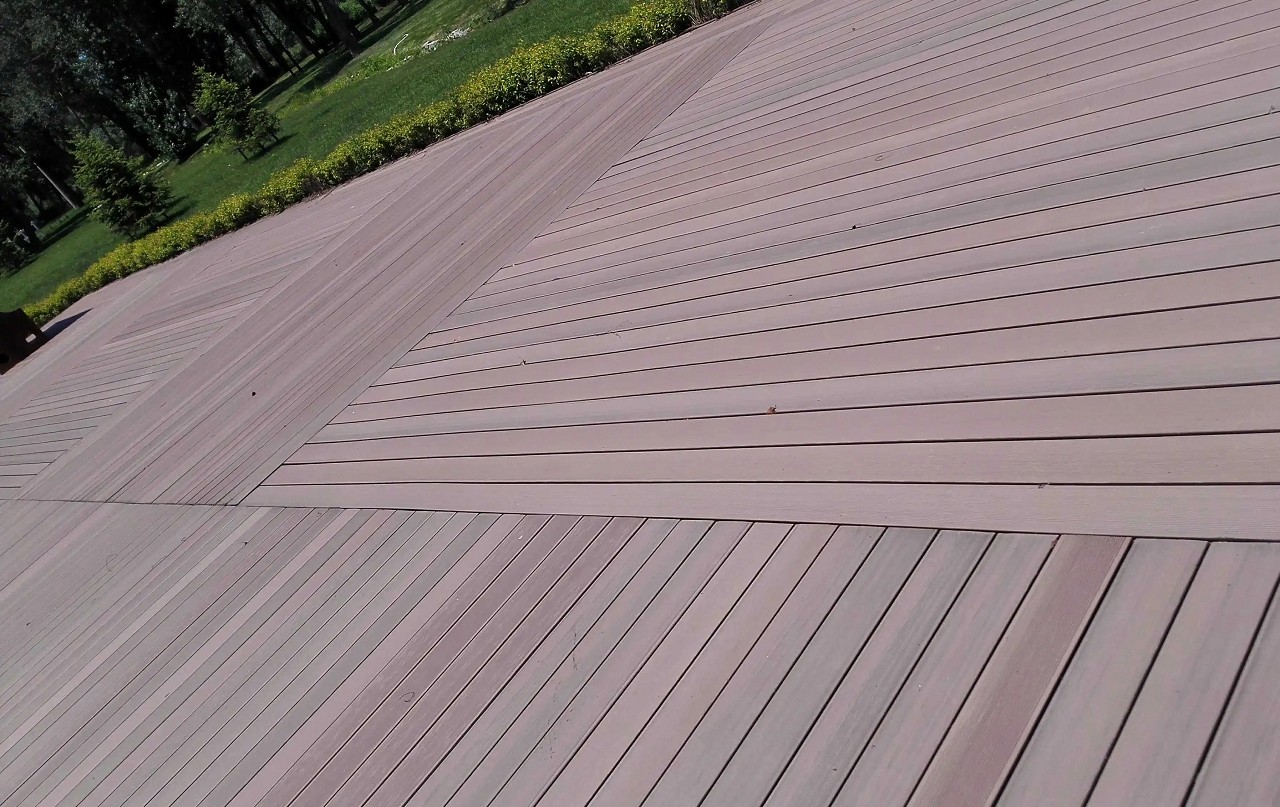
In actual application environments, changes in temperature and humidity, the combined effects of thermal oxygen aging and photo-oxidative aging, as well as multiple factors such as season and region, will have an impact on aging.Most researchers' research on WPCS aging only focuses on a single aging environment, lacking multi-factor comprehensive tests, and there are few studies on the correlation between artificial accelerated aging and outdoor aging tests. There is a lack of theoretical research on the aging behavior and life prediction of WPCS. The durability evaluation and classification of wood-plastic composite materials can be carried out by establishing a dynamic mathematical model between different external environments, external conditions, material composition and other parameters and the aging behavior of WPCS or by deriving the residual strength formula. Wood-plastic composite materials have only been introduced in China for more than 20 years. Compared with traditional materials such as concrete and steel structures, the research and development time is shorter. The current production cost is still high, resulting in its market price being generally higher than that of pure wood materials.Therefore, how to reduce costs and improve production efficiency, such as using a large amount of recyclable materials such as straw, rice husks, and waste plastics while ensuring the comprehensive performance of products such as aging resistance, improving production scale and process technology level, etc.,This is a difficult problem that the current wood-plastic building materials industry needs to explore and overcome.
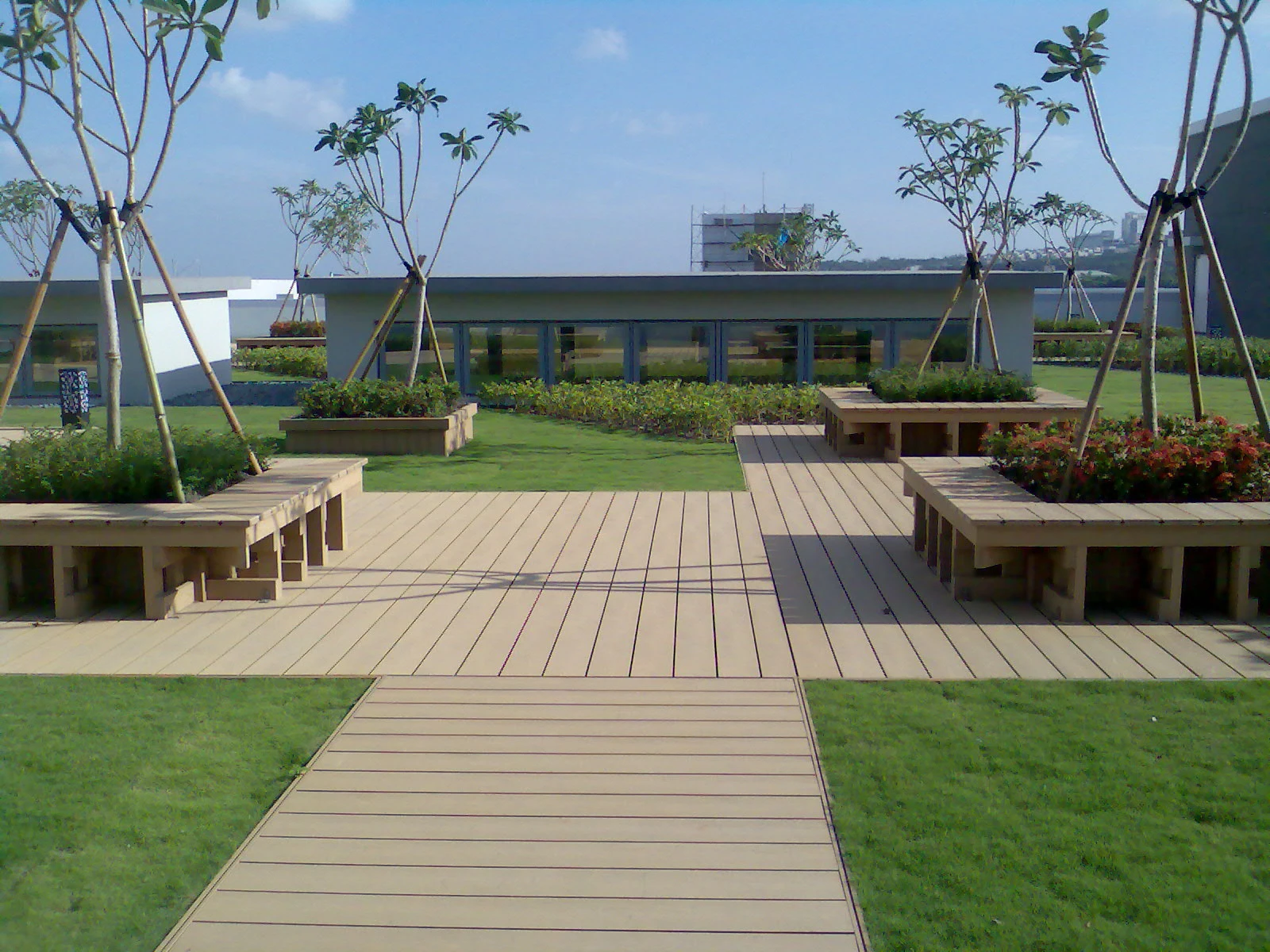
As a reusable biomass material that complies with national policies on environmental protection and rational utilization of natural resources, wood-plastic composite materials are in a stage of rapid development and have great potential for future development.In view of the current problems of poor color stability, weak aging resistance and high production cost of wood-plastic composite materials,Scientific researchers are targeting high-performance WPCS and are committed to developing wood-plastic materials with higher strength, better matrix compatibility, aging resistance, and higher recycling rates.
In the preparation and production process, we should improve the degree of industrialization and combine artificial intelligence and other methods to automate the entire production process from raw material storage, mixing, granulation to co-extrusion, thereby improving accuracy and quality, saving manpower, and greatly improving production efficiency. Break through the limitation that most of the equipment currently used is general-purpose production equipment of wood or plastic, improve or develop equipment such as large-capacity and high-efficiency granulators customized for the production of wood-plastics, increase industrial scale and reduce production costs. It can be combined with modern high-tech technologies such as nanobiology to improve the shortcomings of wood-plastic materials such as poor aging resistance. For example, a new core-shell structure can be developed to reduce its photo-oxidative degradation rate and increase its service life.
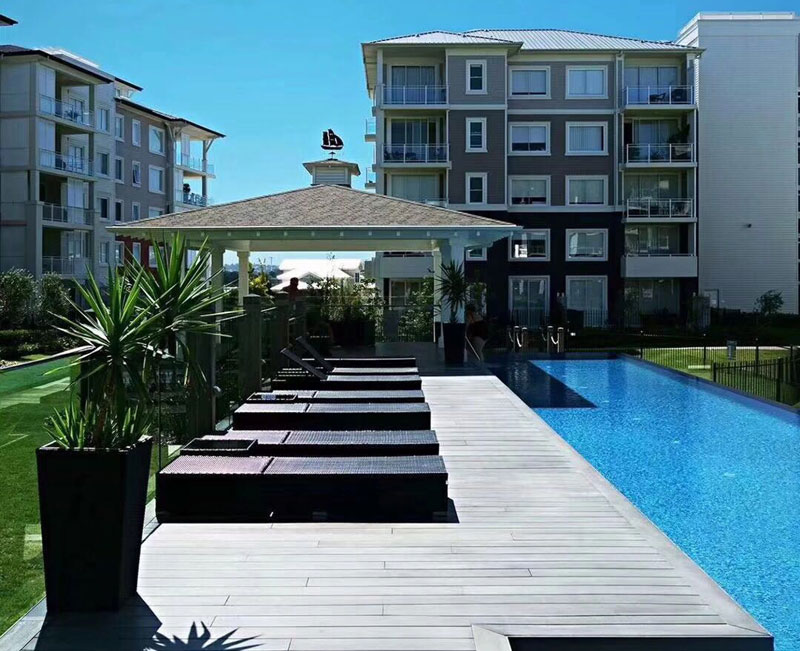
New chemical additives are added during the processing to improve processing efficiency and meet the performance requirements of materials in terms of antibacterial, sound insulation, heat insulation, heat preservation, energy absorption and buffering.Driven by the national renewable resources and circular economy policies and the concept of people's health and environmental protection, it is believed that the application fields of high-performance WPCS will further expand from construction, decoration, warehousing, packaging and other fields.It has become a common sustainable composite material in scientific research, development and production applications.
Relatest Post
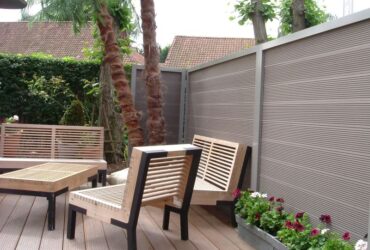
Research On The Optimization And Mechanical Performance Of Poplar Powder Wood Plastic Composite Materials
Details icon